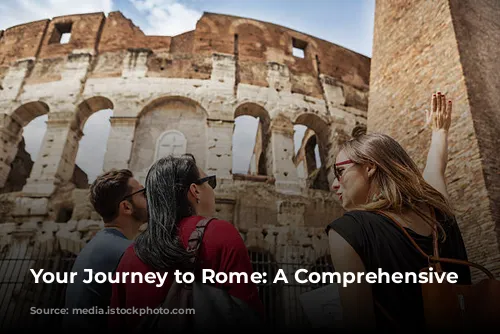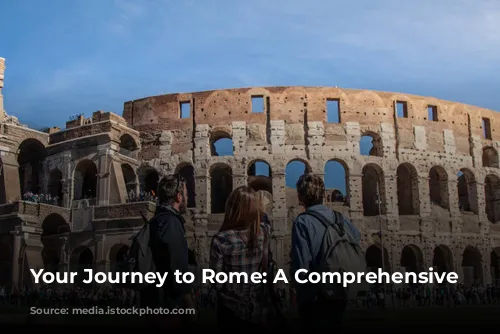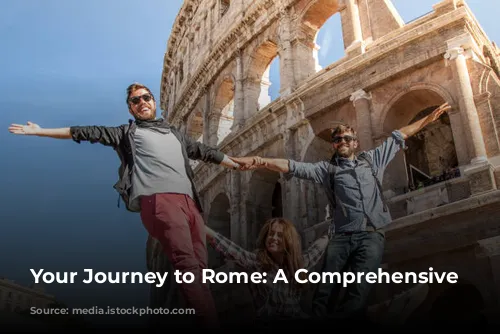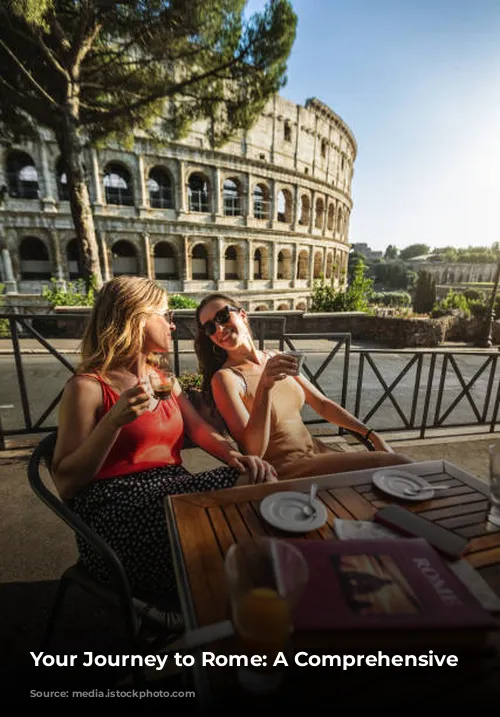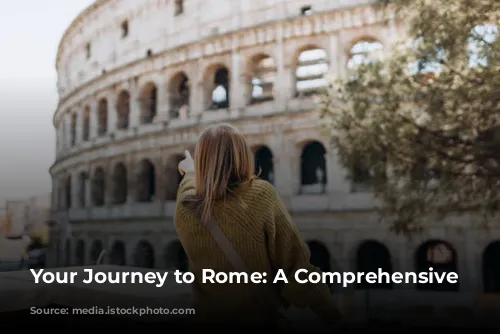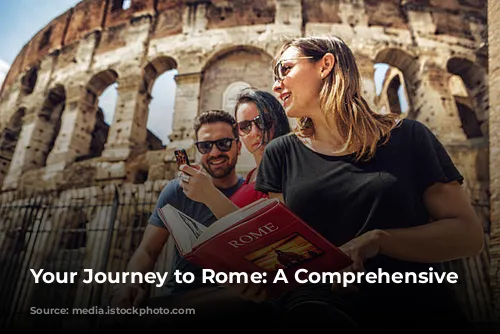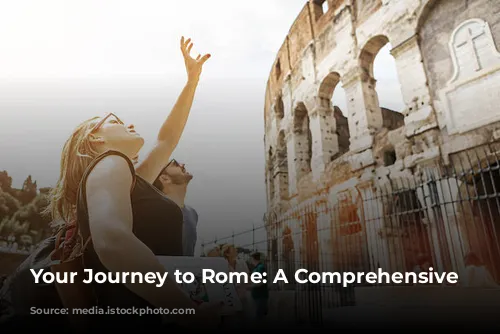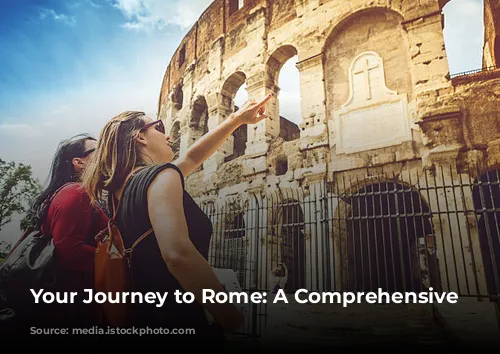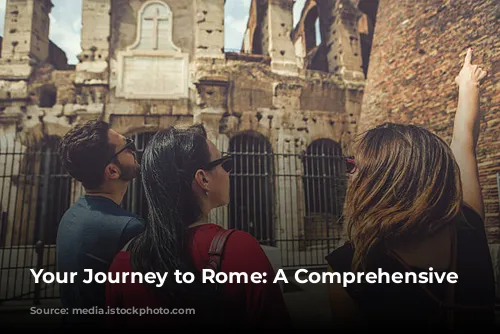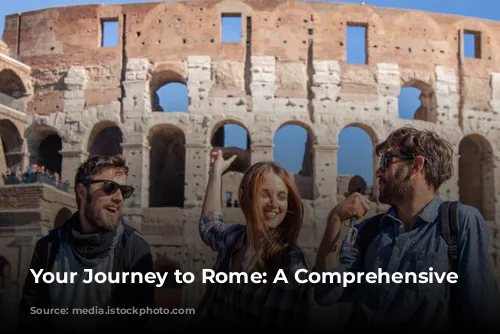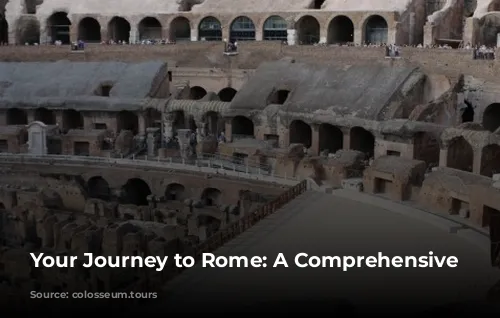Welcome to Rome, the Eternal City! Prepare to be swept away by its rich history, captivating architecture, and vibrant culture. This guide will equip you with all the information you need for an unforgettable experience.
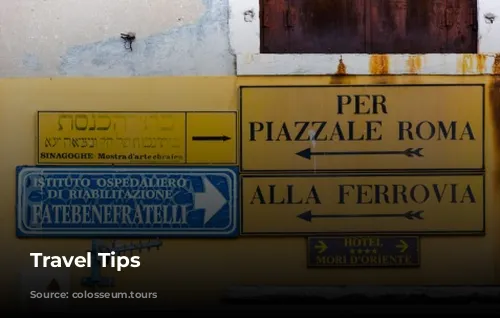
Visiting the Colosseum: Your Guide to Rome’s Iconic Landmark
The Colosseum stands as a testament to ancient Rome’s grandeur and engineering prowess. But before you enter its awe-inspiring walls, let’s cover some essentials:
Opening Hours:
- January 2nd to February 15th: 8:30 AM to 3:30 PM
- February 16th to March 15th: 8:30 AM to 4:00 PM
- March 16th to the last Saturday of March: 8:30 AM to 4:30 PM
- The last Sunday of March to August 31st: 8:30 AM to 6:15 PM
- September 1st to September 30th: 8:30 AM to 6:00 PM
- October 1st to the last Saturday of October: 8:30 AM to 5:30 PM
- The last Sunday of October to December 31st: 8:30 AM to 3:30 PM
What to Leave Behind:
- Large bags/backpacks or any wheeled luggage – For a smooth experience, keep your luggage minimal.
- Glass containers/bottles – These are not allowed inside the Colosseum.
- Weapons (including pocket knives) – Leave any weapons at home to ensure everyone’s safety.
- Aerosol sprays – These are not allowed within the Colosseum’s premises.
Booking Your Ticket:
To avoid the long lines and secure your entry, it’s highly recommended to book your Colosseum tickets in advance. You can choose your desired date and time slot for a stress-free visit. This often grants you skip-the-line access, allowing you to bypass queues and make the most of your time.
History and Architecture:
The Colosseum boasts a fascinating history, dating back to the Flavian dynasty. Built around 70-80 AD by Emperor Vespasian, this massive amphitheater hosted an array of spectacles, including gladiator fights, animal hunts, and even mock naval battles. It could accommodate up to 80,000 spectators!
Its architectural design is truly remarkable. This large, oval-shaped structure is composed of four levels, reaching a height of approximately 48 meters. The Colosseum’s construction, utilizing limestone, concrete, and bricks, showcases the skill of ancient Roman engineers. The three tiers of arches are adorned with different types of columns: Doric at the bottom, Ionic in the middle, and Corinthian at the top. Ramps, stairs, and tunnels facilitated the easy movement of people and animals during events. This clever design, showcasing Roman architectural brilliance, enabled efficient entry and exit for spectators and streamlined show staging.
The Colosseum at Night:
As night falls, the Colosseum is bathed in a warm glow, revealing its majestic form against the dark sky. This captivating sight evokes a sense of wonder and transports us to ancient Rome’s thrilling past. It’s a perfect time to appreciate the Colosseum’s beauty and the peaceful atmosphere surrounding it.
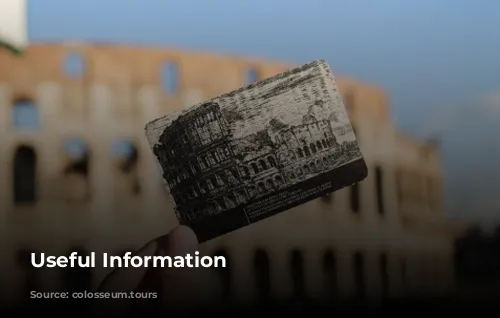
Immerse Yourself in Roman Culture: Food, Fashion, and Local Delights
Taste of Rome:
Experience the authentic flavors of Roman cuisine. While the city boasts upscale dining options, nothing beats the deliciousness of street food. Seek out places frequented by locals – a sure sign of high-quality and flavorful fare.
Tip Your Waitstaff:
Many restaurants in Rome include a service charge in the bill. However, if you’re exceptionally pleased with the service or if the bill doesn’t include a service charge, leaving a 10% tip is customary.
Dress for Comfort:
Rome’s charming streets and historical sites are best explored on foot. Wear comfortable shoes to ensure your comfort while exploring the city’s countless attractions.
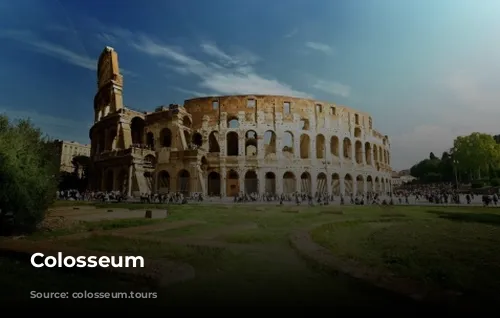
Discover the Wonders of Ancient Rome: A Guided Tour
Journey Through Time:
Join a friendly and knowledgeable guide for a small group tour and delve into the highlights of Ancient Rome. Begin your adventure at the Colosseum, marveling at its impressive structure and learning about the Roman’s love for games. Step onto the arena floor where gladiators once fought, and imagine the roar of the crowd.
Palatine Hill and the Roman Forum:
After exploring the Colosseum, journey to Palatine Hill, the oldest part of Rome, where emperors once resided in luxurious homes. Wander among the ruins, soaking in the serene atmosphere and breathtaking views. Descend into the Roman Forum, walking along ancient roads and marveling at temples, offices, and the senate building.
A Personalized Exploration:
This tour allows you to skip lines, gain historical insights, and enjoy the Colosseum and Ancient Rome in a personalized and unforgettable way. Your guide will cater to your interests and needs, ensuring a truly enriching experience.
Experience the Vatican:
No visit to Rome is complete without experiencing the Vatican, a center of global reverence and home to the Pope and the Roman Catholic Church. The Vatican Museums house an extensive collection of artistic treasures, including iconic works by Michelangelo and Raphael. Prepare to be mesmerized by the frescoes in the Sistine Chapel, especially Michelangelo’s masterpiece on the ceiling. St. Peter’s Basilica, with its awe-inspiring architecture and profound religious significance, is equally captivating.
Explore Rome’s Vibrant Neighborhoods:
Trastevere and Monti offer a glimpse into the city’s vibrant life and rich history. Trastevere, with its narrow cobblestone streets and colorful buildings, exudes a bohemian charm. Enjoy its bustling piazzas, lively trattorias, and lively nightlife.
Monti offers a more eclectic ambiance, blending ancient ruins with trendy boutiques and artisanal shops. Explore its labyrinthine alleys and discover hidden gems, quaint cafes, and artisan workshops. Both neighborhoods boast picturesque squares where locals gather, creating a lively atmosphere perfect for leisurely strolls.
Free Museum Entry:
Every first Sunday of the month, state-owned museums, galleries, parks, and some archaeological sites in Rome offer free entry. However, since this is the busiest day of the month, arriving early is crucial.
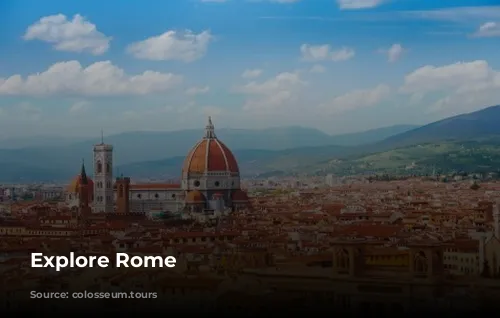
The Symbol of Rome: The Colosseum
The Colosseum stands as the most visited and undoubtedly the most popular monument not just in Rome, but in all of Italy. It is the icon of the ancient Roman Empire and the modern city, much like the Eiffel Tower in Paris. In its time, it represented the prestige, power, and might of the ancient Romans.
